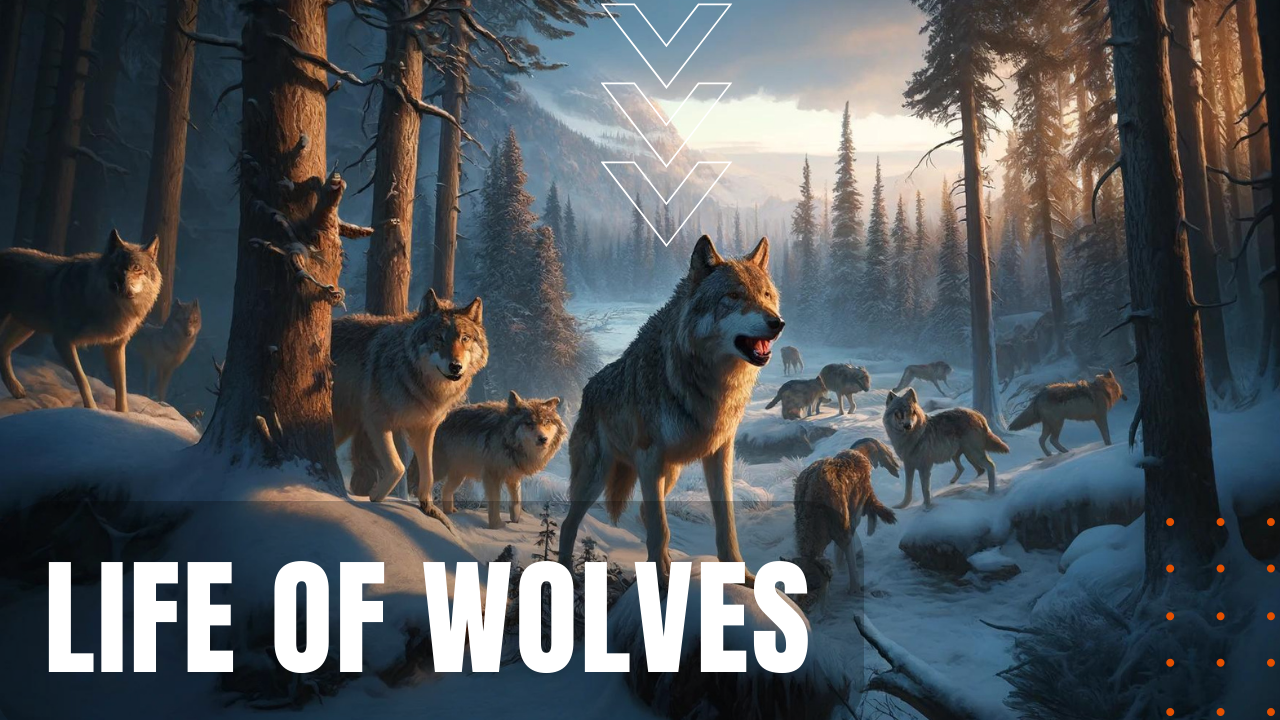The Life of Wolves

Wolves or Canis lupus are highly social animals who live in packs of four to fifteen members, although in the winter of 2010 and 2011, a super pack numbering up to 400 terrorized the Russian town of Verkhoyansk in Siberia. Consisting of three species and 38 subspecies, Wolves can found in a wide range of habitats, including forests, tundra, mountains, swamps and deserts, fiercely defending their pack territories that can range in size from 200 to 1,000 miles, depending on the density of prey and the size of the pack. Spending upwards of 35% of their time on the move—up to 20 to 30 miles per day and even 100 miles a day when food is scarce—wolves are opportunistic carnivores who prey on a wide range of food sources, from bison and moose to dead animals, beavers and hares.
Wolf packs consist of a dominant alfa male and female pair, who decide when a pack will travel and hunt, as well as the order of who gets to eat from a fresh kill first and last. Gestating their young from 62 to 75 days, female wolves generally give birth to 4 to 6 pups, who are born altricial or helpless, remaining blind and deaf for the first ten to fourteen days of their lives. Weaned from mother’s milk at eight weeks of age, as pups begin to eat more solid food, they move from protected dens to “rendezvous sites, where they spend the warm summer months learning pack behavior, etiquette and hunting techniques. Fewer than half of wolf pups survive to adulthood, due to disease, malnutrition and predation, while those that survive reach their breeding prime by two and three years of age.
Measuring up to six feet in length from nose to tail and standing 30 inches tall at their shoulders, female wolves weigh 70 to 80 pounds, while sexually dimorphic males weigh 95 to 100 pounds. Vocalizing with howls, growls and barks, wolves also communicate with one another and opposing packs with facial expressions, tail positions and other nuances of posture and body language. They also possess a keen sense of smell, which is reported to be 100,000 times greater than humans. Able to smell prey up to a mile or more away, few wolves live more than five years in the wild, although some have lived to fifteen years of age in ideal conditions. Falling under the protection of the Endangered Species Act on February 22, 2022, Gray Wolf populations in North America are expanding after years of human predation and decline, making the live of wolves, a legendary keystone predator of the animal world.
